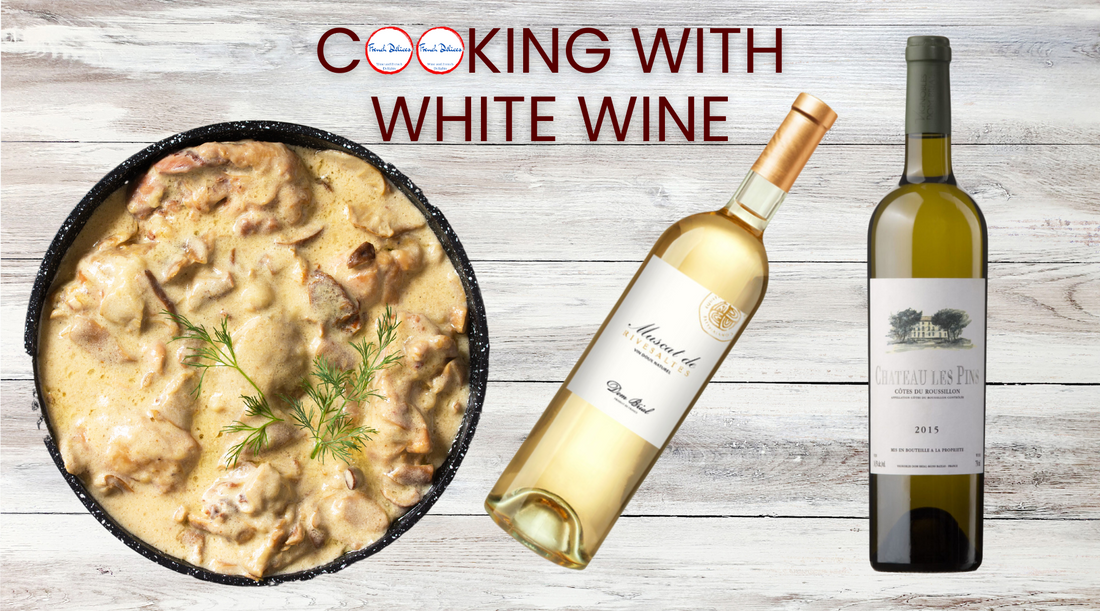Selecting the Right White Wine for Cooking
The key to unlocking the culinary magic of white wine lies in choosing the right varietal for your culinary endeavor. While personal preferences play a significant role, certain guidelines can help you select the ideal wine for your cooking needs.
For lighter dishes and seafood-based recipes: Opt for crisp, dry white wines with high acidity, such as a Sauvignon Blanc or Pinot Gris. These wines will add a refreshing touch of acidity and fruitiness without overpowering the delicate flavors of your dishes.
For creamy sauces and poultry dishes: Consider medium-bodied white wines with subtle acidity and a touch of sweetness, such as a Chardonnay. These wines will impart a rich, rounded flavor profile that complements the creaminess of sauces and the mildness of poultry.
For deglazing pans and aromatic broths: Experiment with fuller-bodied white wines with a hint of oakiness, such as Viognier or Marsanne. These wines will add complexity and depth of flavor to your deglazing liquids and aromatic broths.
Harnessing the Culinary Versatility of White Wine
White wine's culinary applications are as diverse as its flavor profiles. From deglazing pans to adding acidity to sauces, white wine can transform simple dishes into culinary masterpieces.
- Deglazing: White wine excels at deglazing pans, extracting the flavorful brown bits left over after searing meat or vegetables. Simply add a splash of white wine to the hot pan, scrape up the browned bits, and let the wine reduce slightly to create a rich and flavorful base for your dish.
- Making sauces: White wine is a versatile ingredient for creating a variety of sauces, from pan sauces to creamy reductions. Simmer white wine with aromatic vegetables, herbs, and spices to create a pan sauce for seafood or poultry dishes, or reduce it with butter or cream to create a rich and creamy sauce for pasta or vegetables.
- Adding acidity: White wine's bright acidity can balance the richness of creamy dishes or add a refreshing tartness to salads and vinaigrettes. A splash of white wine can elevate the flavor profile of a creamy risotto, a rich seafood stew, or a simple vinaigrette dressing.
Tips for Cooking with White Wine
Incorporating white wine into your cooking requires a touch of finesse to ensure its flavors complement your dishes without overpowering them. Here are a few tips to guide you:
- Start with a small amount: A little white wine goes a long way. Begin by adding a splash of wine and gradually adjust the quantity to taste.
- Reduce the wine: Reducing white wine concentrates its flavors and mellows out its acidity. Allow the wine to simmer until it has reduced by half or more.
- Balance the acidity: White wine's acidity can sometimes be overpowering. Balance its intensity with other ingredients, such as sugar, butter, or cream.
With these guidelines and tips in hand, you are ready to embark on a culinary adventure with white wine. From enhancing the flavors of your favorite dishes to creating new culinary masterpieces, white wine will undoubtedly elevate your cooking skills and tantalize your palate.

